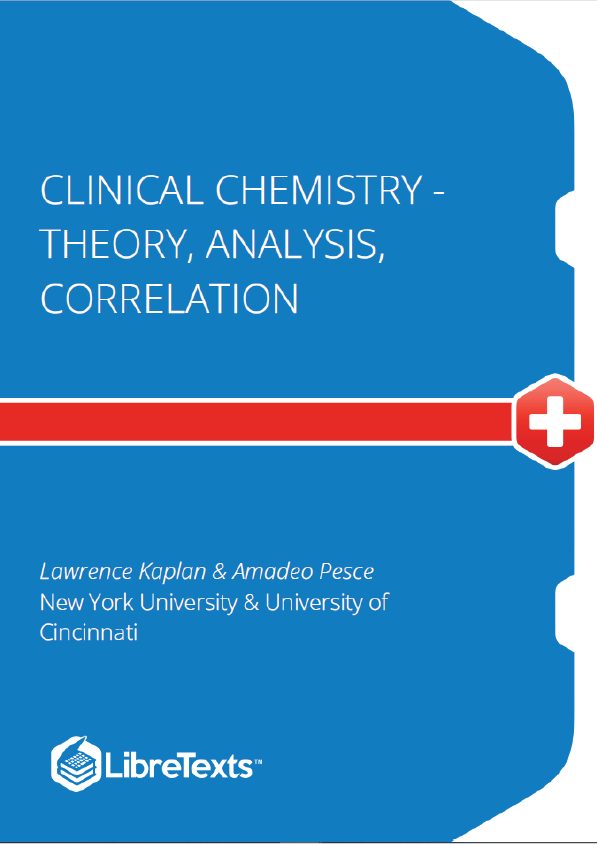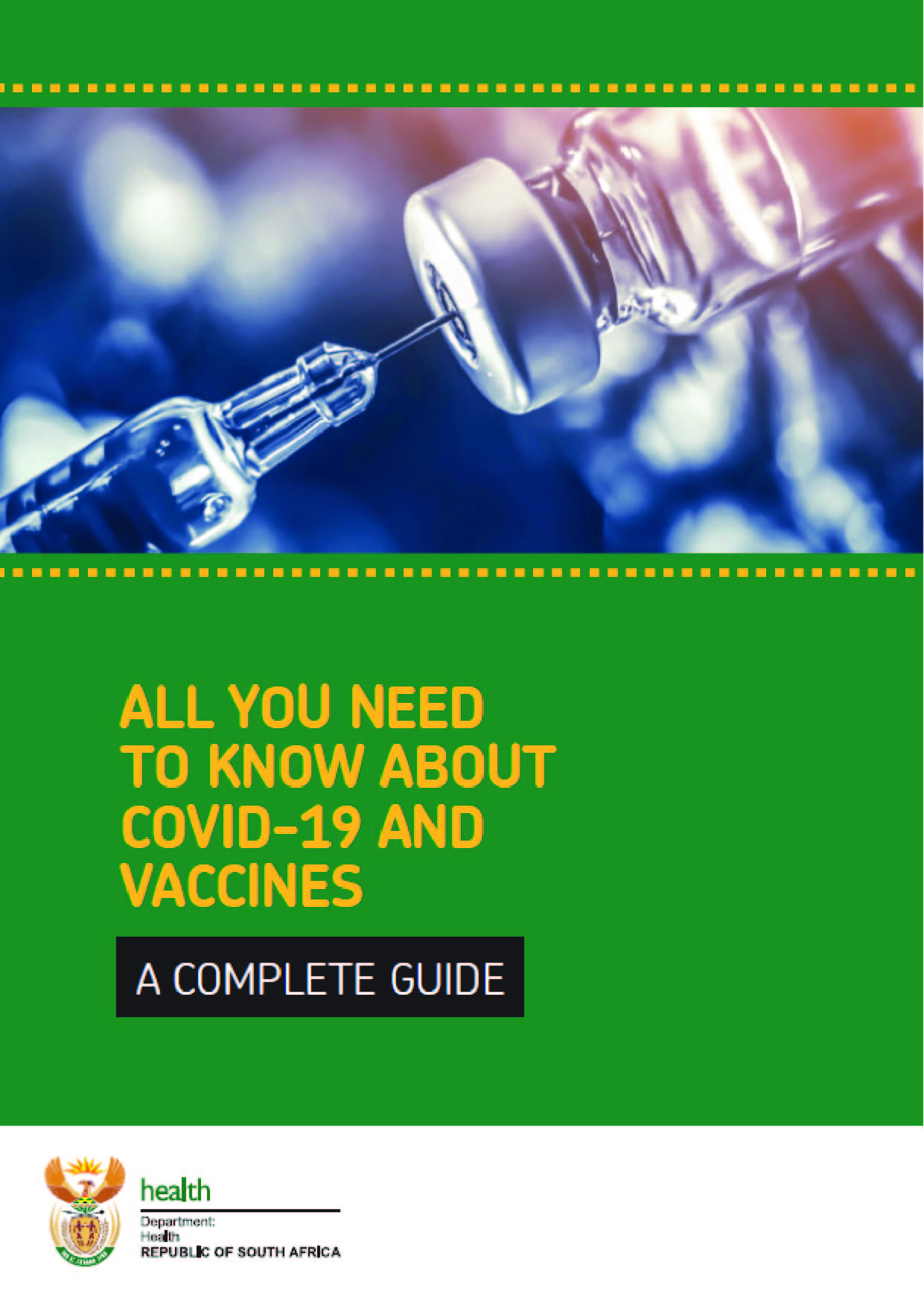Clinical chemistry is generally concerned with analysis of bodily fluids for diagnostic and therapeutic purposes. It is an applied form of biochemistry. This workbook is designed as a companion manual to the 4th edition of Clinical Chemistry: Theory, Analysis, Correlation by Kaplan and Pesce. It should be used as an integral part of a complete medical technology program. However, students of Clinical Chemistry will find that it is also a valuable study guide for preparing the certification examination. It allows the student to assess areas of weakness in basic facts, laboratory concepts, and clinical application, and to turn immediately to the necessary pages in Kaplan and Pesce for review.
Chromatography II
A laboratory is attempting to establish an HPLC assay for a drug (compound X). The assay employs an internal standard (compound I) for calculating the concentration of the drug. The initial HPLC conditions are as follows: Column type, C18; column temperature, ambient; flow rate, 2 mL/min (at 2000 psi); mobile phase, 30% methanol in water; and column effluent, monitored at 260 nm. The initial chromatogram for the standards, in which the initial peak is the internal standard and the second peak is compound X, is as follows:
The elution times for I and X are considered unacceptably longthat is, the k of the compounds are too large.
Chromatography III
An HPLC assay is being developed to measure the serum concentration of an active drug metabolite. The following information is known about this metabolite: Its molecular weight is 531 daltons; it, like the parent compound, has an aromatic hydroxyl group; and it has a hydroxyl group that the parent does not have. The compound strongly absorbs light at 254 nm. Since the hydroxyl group is found at a single position on the aromatic ring, there are no known structural isomers. Its therapeutic range is approximately 25-100 mg/L.
A laboratory is setting up an electrophoretic method for identification of serum proteins; however, the appearance of the protein bands appears to be too diffuse. The technologist notes that the pH of the freshly prepared buffer is correct but a bit warm; the apparatus appears to be warm to the touch as well. One possibility is that the problem could be due to excess heating (Table 10-5, p. 213). The amount of heat generated by an electric current is related to the power (wattage) dissipated by the system. The relationship between wattage, current (i), and resistance (R) is:
w = i2R
The technologist has a meter which can read both voltage and amperage. During an electrophoretic run, these values are recorded as 100 volts and 0.01 amps. The power generated by the assay, according to the manufacturer, is not to exceed 0.5 watts.











